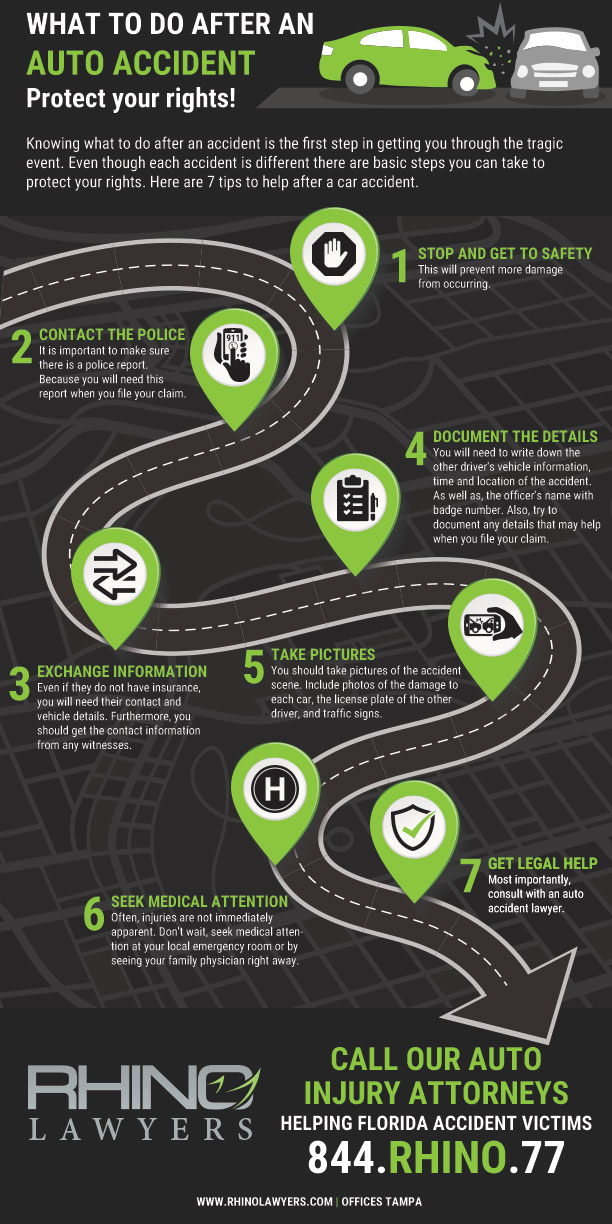It’s late at night, and you’re driving home on the highway after a long day. Suddenly, you see headlights coming directly toward you in your lane.
Your heart races as you realize a vehicle is heading straight for you, going the wrong way. This terrifying scenario is known as a wrong way accident – one of the most dangerous types of crashes on our roads today.
How do you prevent this scenario from happening? And if it does happen, what do you do?
We can help. Let’s go through what to know about any wrong way accident.
Wrong Way Accident Causes
Understanding the major causes of wrong way incidents is crucial for prevention and awareness.
Impaired driving stands out as the leading cause of wrong way accidents. Alcohol and drug use significantly impair a driver’s judgment, perception, and ability to read signs correctly. Studies have shown that a large percentage of wrong way drivers involved in crashes have blood alcohol concentrations well above the legal limit.
Confusion and disorientation, particularly among elderly drivers, contribute to a significant number of wrong way incidents. As cognitive abilities decline with age, some older drivers may struggle to navigate complex interchanges or become easily disoriented in unfamiliar areas, especially at night.
Poor visibility and inadequate signage can also lead to wrong way entry. Insufficient lighting, weather conditions like heavy rain or fog, or poorly maintained road signs can make it difficult for drivers to correctly identify entrance and exit ramps.
This risk increases in areas with complex road designs or recent changes to traffic patterns.
Distracted driving, though less common than impairment, plays a role in some wrong way accidents. Drivers engrossed in their phones, navigation systems, or other distractions may miss critical signs and inadvertently enter a roadway in the wrong direction.
In rare cases, intentional actions can result in wrong way driving. This may occur during police pursuits, suicide attempts, or acts of reckless behavior. While uncommon, these incidents are particularly dangerous due to their unpredictable nature.
Preventing Wrong Way Accidents
You should do everything you can to avoid being in a wrong way accident. Stay alert and focused, especially when entering highways or driving in unfamiliar areas.
Pay close attention to road signs and pavement markings. If you’re unsure about the correct route, it’s better to slow down or even stop safely to reassess your direction rather than proceed uncertainly.
Be extra cautious when driving at night or in poor weather conditions. Many wrong way incidents occur during these times due to reduced visibility. Use your headlights properly and drive at a speed that allows you to react to unexpected situations.
Do your best to pay attention – don’t lose focus by doing something else while you drive, like eating.
Familiarize yourself with your route before traveling, especially when driving in a new area. If using a GPS, set it up before you start driving and pull over safely if you need to adjust it. Relying too heavily on GPS without paying attention to your surroundings can lead to mistakes.
If you see a wrong way driver, immediately reduce your speed and move to the right side of the road. Flash your lights and honk your horn to alert the driver. Once safely out of the way, call 911 to report the incident.
Be particularly vigilant when using exit ramps, as these are common entry points for wrong way drivers. Look for any do not enter or wrong way signs before proceeding.
If you realize you’ve entered a road in the wrong direction, stay calm. Safely pull over to the shoulder immediately, turn on your hazard lights, and turn around only if it’s safe and legal to do so. If you can’t turn around safely, stay put and call for assistance.
What to Do if You’re in a Wrong Way Accident
Despite our best efforts to prevent them, wrong way accidents can still occur. If you find yourself involved in such an incident, knowing how to respond can be crucial for your safety and well-being.
Check for injuries. Assess yourself and your passengers for any injuries. Even if you feel fine, be aware that you might not notice some injuries immediately because of shock or adrenaline.
Make sure you follow up on your health after the fact. In the days and weeks following the accident, pay attention to any new symptoms or pain.
Call 911 immediately. Report the accident and request emergency services. Provide your exact location, describe the vehicles involved, and inform the dispatcher of any injuries or hazards at the scene.
You’ll need to make sure you’re collecting as much evidence as possible after an accident. If it’s safe to do so, take photos of the accident scene, including vehicle positions, damage, and any relevant road signs or markings.
Collect contact and insurance information from the other drivers involved, but avoid discussing fault or making any statements that could be interpreted as admitting guilt.
Protecting Yourself Legally
Given the serious nature of wrong way accidents, it may be beneficial to consult with a lawyer who focuses on traffic accidents. They can help protect your rights and help you manage any potential legal proceedings.
This is especially important if you weren’t at fault for the accident, but even if you were at fault, it’s still important to make sure your bases are covered.
Cooperate with the investigation. Wrong way accidents often result in thorough investigations. Cooperate fully with law enforcement and insurance investigators, but consult with your lawyer before providing any formal statements.
Contact your insurance company. Report the accident to your insurer as soon as possible. Provide them with all the details and documentation you’ve gathered.
Wrong Way Accident: Get Out of This Situation
Use this guide, and you’ll have a much better idea of how to handle a wrong way accident if you get into one.
Are you looking for a lawyer to help you out? Check out RHINO Lawyers. Our modern communications strategies and top-level use of technology help us ensure we’re doing our best to fight for you.
Contact us today.
CONTACT A TAMPA AUTO ACCIDENT ATTORNEY
In short, after a car accident, you may not know your rights. Above all, don’t struggle through the process alone. Actually, our personal injury team is here to help you with any legal needs you might have regarding your accident.
Lastly, let RHINO Lawyers answer your questions and review the facts of your case with a Free Consultation. So, get started by completing the “Free Instant Case Evaluation” or by calling us any time, day or night, at 844.RHINO.77.










